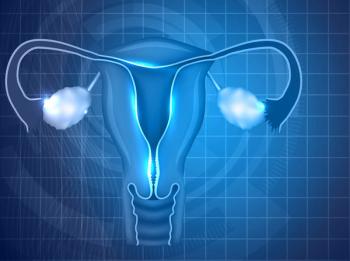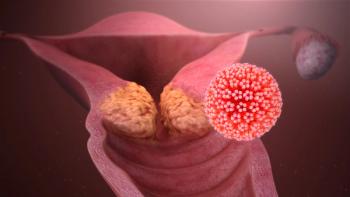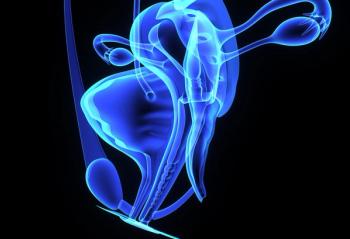
Oncology NEWS International
- Oncology NEWS International Vol 13 No 8
- Volume 13
- Issue 8
Cytoprotective Effect on Post-IMRT Saliva Flow Studied in Head and Neck Cancer
The 14 reports in this special supplement discuss theuse of the cytoprotectant amifostine in patients withcancer of the head and neck, esophagus, lung, andcervix, as well as those with lymphoma and acutemyelogenous leukemia. Discussions focus on thepotential of this agent to both reduce radiation sideeffects such as xerostomia and permit doseescalation of chemotherapy and/or radiotherapy.Improvements in treatment outcome and quality oflife as a result of cytoprotection are examined.
ST. LOUIS-Xerostomia remainsa devastating consequenceof radiotherapy in head and neckcancer (HNC). An ongoing pilotstudy will examine whether treatmentwith the cytoprotectant amifostine(Ethyol) can protectsalivary flow in HNC patients whoreceived amifostine prior to postoperativeintensity-modulated radiationtherapy (IMRT). WadeLarry Thorstad, MD, an instructorin radiation oncology at WashingtonUniversity School of Medicine,St. Louis, reported that preliminarydata show no decrease ineither stimulated or unstimulatedsaliva flow at 6 months. Both variableswill be compared against historicalcontrols after 12 months offollow-up.The study enrolled 24 patientsand is powered to detect a 30% orgreater difference in salivary flow.Patients were treated with 500 mgof amifostine SC daily 15 to 60minutes prior to each fraction ofIMRT.Dr. Thorstad reported that 8 of24 patients (33%) received allplanned doses of amifostine andIMRT, 15 of 24 (63%) received70% of the planned doses, and 19of 24 (79%) received at least 60%of planned doses. Reasons for earlystopping included nausea (9 of24 patients [37%]), grade 3 rash (4of 24 [17%]), fever and chills (2 of24 [8%]), and pneumonia (1 of 24[2%]). Two of 24 patients [8%]stopped radiotherapy because ofmucositis or nausea.Nausea an Issue
When nausea emerged as an is-sue, the researchers looked moreclosely at the five of six initial patientswho had complained ofgrade 2 or 3 nausea (four of whomhad dropped out of the protocolearly). Dr. Thorstad separated nauseainto two components: nauseafrom thick secretions and pharyngealwall mucositis related to radiation,and nausea related temporallyto the amifostine injections."Although IMRT is used to reducelong-term toxicity, it may produceincreased acute toxicity," he pointedout. Among the nine patientswho stopped treatment because ofnausea, symptoms improved in fivebut were unchanged in four. Serotoninantagonists were added tothe regimen, and only 4 of the next18 patients discontinued treatment,Dr. Thorstad said.Longer Follow-up Needed
Fifteen patients have beenenrolled in the trial, with followupof more than 6 months.Data were available and analyzedfor 10 patients."Historical data show thatstimulated saliva flow decreasesexponentially with radiationdose, by about 4% per Gray," Dr.Thorstad told Oncology NewsInternational. "Patients who haveboth parotids treated with morethan 40 Gy have little residualsalivary function without cytoprotection."Although preliminary data for10 patients show little difference insalivary flow, Dr. Thorstad saidmore than half of these patientshave had less than 6 months offollow-up, and there does appearto be substantial improvement insalivary flow in patients with atleast 1 year of follow-up.
Articles in this issue
over 21 years ago
Benefits of SLN Biopsy Upheld in Large Trialover 21 years ago
Gemcitabine/Taxol: Another New Standard in Metastatic Caover 21 years ago
Statins Cut Colon Ca Risk in Half in Retrospective Studyover 21 years ago
Breast Cancer Regimen Is Dose Dense, Dose IntenseNewsletter
Stay up to date on recent advances in the multidisciplinary approach to cancer.















































































